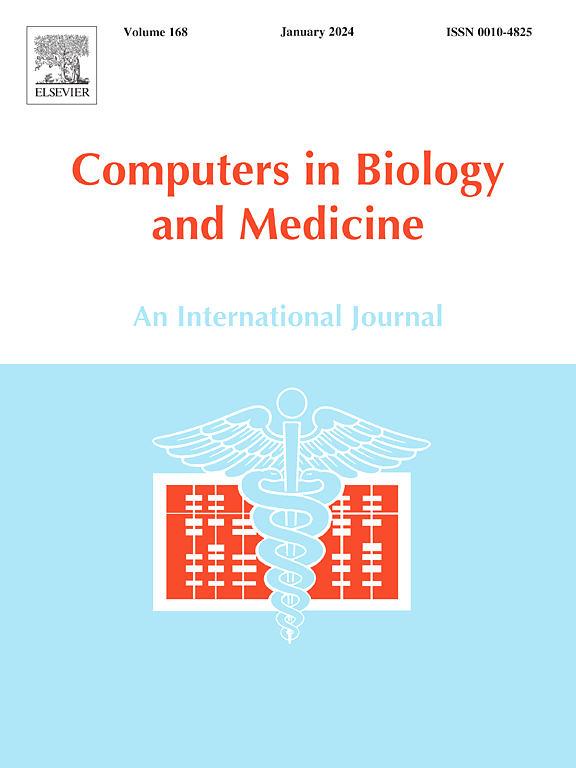Repeated measures analysis for steady-state evoked potentials
IF 7
2区 医学
Q1 BIOLOGY
引用次数: 0
Abstract
Introduction
Brain response to repetitive stimuli generates steady-state evoked potentials (ssEP) that vary depending on the experimental conditions. To analyze these responses, Fourier measurements extracted from ssEP data require statistical techniques to differentiate neural responses across various experimental conditions within the same participant(s). In this study, we introduce new statistical methods to compare multiple dependent clusters of discrete Fourier measurements corresponding to multiple experimental conditions.
Methods
We present two statistics: 1) The first statistic is derived from repeated measures analysis of variance (ANOVA) for complex numbers, used to compare multiple dependent circular clusters of Fourier estimates under the assumption of equal variance across the clusters. 2) The second statistic is employed when either the assumption of circularity within the clusters or the assumption of equal variance across the clusters is violated. In this case, we derive the statistic from the rank-sum Friedman test to compare multiple related clusters of complex numbers.
Results
We demonstrated the validity of the statistics using simulated and empirical ssEP data. Our methods offer robust statistical tools that maintain a constant Type-I error of 0.05 in all conditions, including equal or unequal variance-covariance matrix of the real and imaginary components of Fourier estimates across the circular and elliptical clusters, even in the presence of outliers in the dataset. Furthermore, our statistics demonstrate a lower Type-II error compared to repeated measures multivariate analysis of variance (rmMANOVA).
Conclusion
The statistical methods enable us to compare multiple dependent clusters of Fourier estimates corresponding to multiple experimental conditions within the same participant(s), whether or not the variance is equal across the circular or elliptical clusters, even with outliers in the dataset.
求助全文
约1分钟内获得全文
求助全文
来源期刊

Computers in biology and medicine
工程技术-工程:生物医学
CiteScore
11.70
自引率
10.40%
发文量
1086
审稿时长
74 days
期刊介绍:
Computers in Biology and Medicine is an international forum for sharing groundbreaking advancements in the use of computers in bioscience and medicine. This journal serves as a medium for communicating essential research, instruction, ideas, and information regarding the rapidly evolving field of computer applications in these domains. By encouraging the exchange of knowledge, we aim to facilitate progress and innovation in the utilization of computers in biology and medicine.
 求助内容:
求助内容: 应助结果提醒方式:
应助结果提醒方式:


